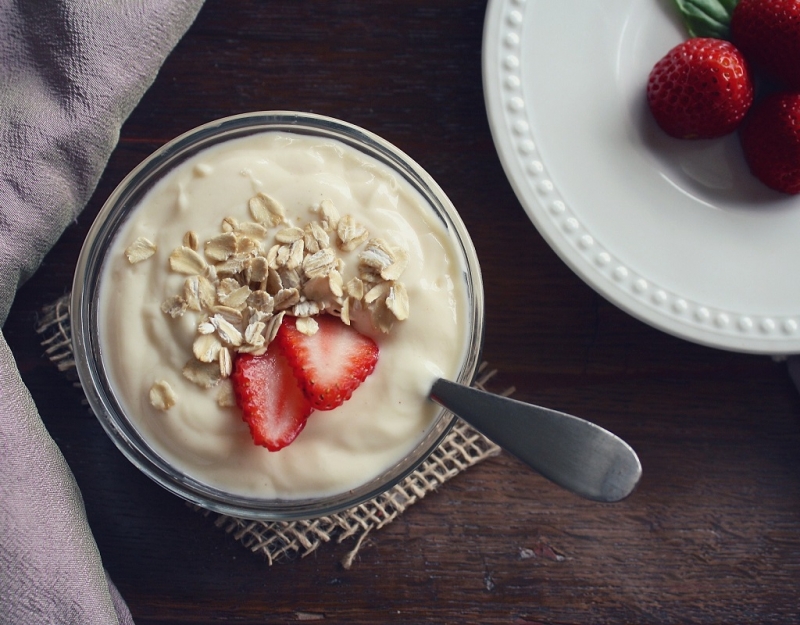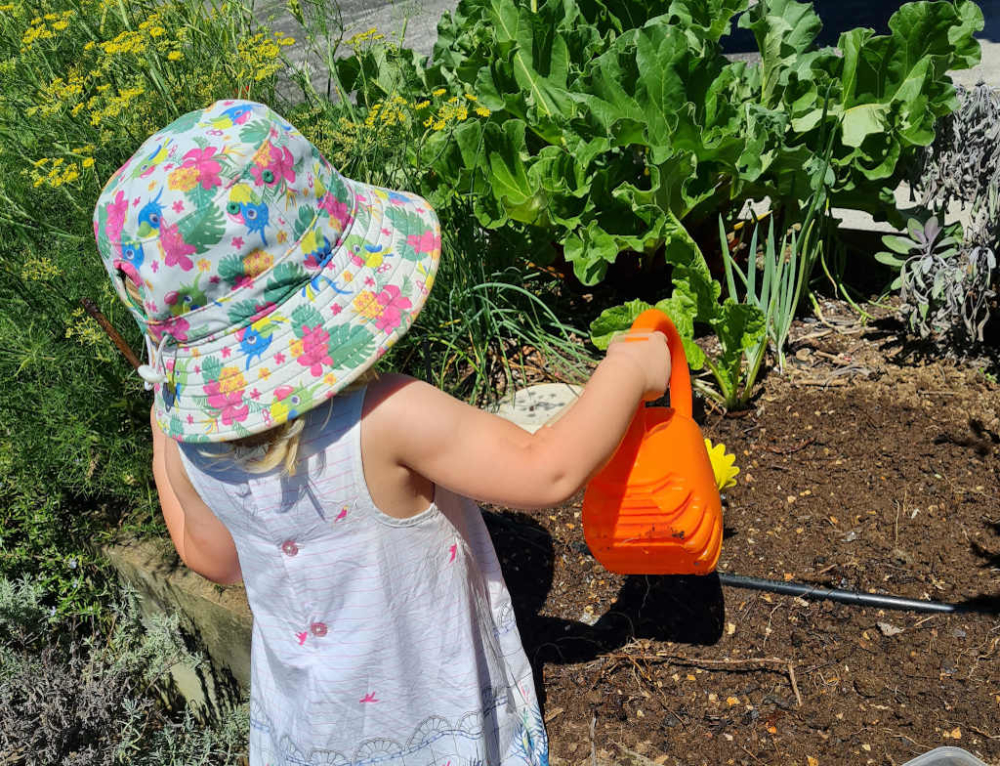Not all bacteria are bad. In fact, much is being written these days about how probiotics and prebiotics can aid good bacteria to help fight against diseases, maintain a healthy immune system and protect against allergy particularly in infants and young children.
The health benefits of good bacteria
Our guts are swarming with bacteria, some bad but some very good including Lactobacilli, Bifidobacteria, and Enterococci that are beneficial to your child’s gut health. These “good” bacteria help boost your child’s immune system, protect against infections and promote a healthy barrier against certain germs and viruses.
Prebiotics vs Probiotics
Probiotics and prebiotics are thought to restore the balance of bacteria in your child’s digestive tract and prevent not-so-friendly bacteria from taking over and causing disease.
Prebiotics are non-digestible food ingredients that, when consumed, stimulate the growth and function of “good” bacteria in the gut. Think of them as food for good bacteria that promotes the growth of these good guys, thereby increasing their population in your child’s intestine.
Probiotics, on the other hand, are the actual good bacteria themselves. When your child consumes foods that contain probiotics, she increase her gut’s ratio of good bacteria to bad.
Prebiotics and allergies
Research has found that up to 40% of children are affected by an allergy of some description in their life. Allergic diseases are on the rise and have approximately doubled in western countries over the last 25 years.
It is believed that prebiotics are beneficial in helping babies and children develop good bacteria which supports a strong immune system and helps protect them from allergy and diseases. Although the evidence is mounting, at this stage, there’s no concrete proof that adding prebiotics to your child’s diet will definitely help protect against allergies.
Restoring bacteria levels after antibiotics
While antibiotics are sometimes necessary and life-saving, they are also known to wipe out many of the good bacteria in the process of killing off the bad.
You can help restore your child’s bacteria balance after a course of antibiotic treatment by giving her foods that contain friendly bacteria such as yoghurts, or milk with added probiotics (such as bifidus or acidophilus) and by serving up food with prebiotic ingredients. Unlike probiotic bacteria, prebiotics are not destroyed when cooked, so are easy to include in everyday meals.
Prebiotics can be found in the following foods:
- bananas
- Jerusalem artichokes
- berries
- garlic
- soybeans
- unrefined wheat
- unrefined barley
- chicory root
- raw oats
- asparagus
- tomatoes
- greens
- onions
- shallots
- leeks
Prebiotics in breast milk and infant formula
If you breast feed, your baby will receive prebiotics through your breast milk which contains oligosaccharide molecules. These are unique sugars that are not digestible, and encourage the growth of the good bacteria in your baby’s gut.
Prebiotics are now being added to some formulas so if you bottle feed your baby, you can look out for a brand that has prebiotics added.
This article was written by Lana Verco for Kidspot, New Zealand’s leading website for kids health. Sources include Australian Society of Clinical Immunology and Allergy and About Kids Health.







Leave A Comment
You must be logged in to post a comment.